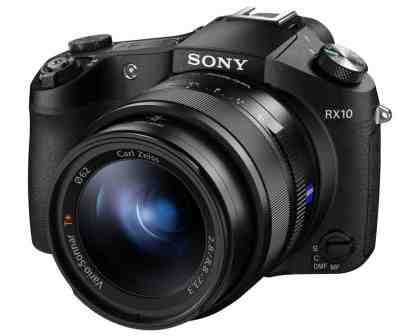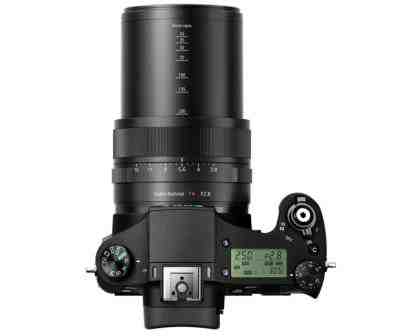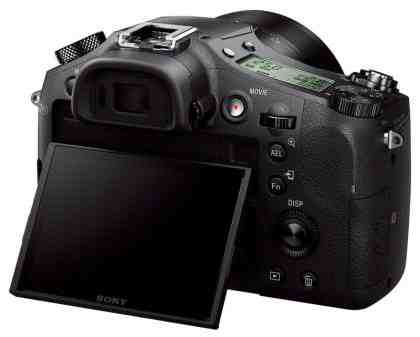Sony has been churning out groundbreaking cameras at an astonishing rate over the last couple of years, but at first glance the RX10 just seems confusing. It looks like an ultra-zoom camera, but its 8.3x (24-200mm equivalent) zoom range is bettered by many compact cameras. It uses the same 20-megapixel sensor as the superb Sony RX100 II , but while its 1in size is significantly larger than the sensors in other bridge and compact cameras, it's a good deal smaller than the APS-C and Micro Four Thirds sensors used in most compact system cameras (CSCs). That was perfectly forgivable in the slender RX100 II, but the RX10 is bulkier and heavier than most CSCs.

SONY RX10 LENS
The key to the RX10's appeal is that its lens has a constant f/2.8 aperture throughout its zoom range. Compared to a typical SLR or CSC kit lens with an f/3.5 to f/5.6 aperture, that's about 50 per cent brighter at the wide end and four times brighter at the telephoto end of the zoom range. Constant aperture lenses are available as expensive upgrades for SLRs and some CSCs, but never with a zoom range anywhere near 8.3x. The only comparable camera is the Panasonic FZ200 with its f/2.8 constant aperture throughout its enormous 24x (24-600mm) zoom range. The RX10's 1in sensor is far bigger than the FZ200's 1/2.3in sensor, though, which greatly enhances its low-light capabilities.

These aren't the kinds of specifications that will attract casual users, so it makes sense that Sony has packaged this sensor and lens in a camera that's aimed squarely at keen photographers. The magnesium alloy body looks suave and elegant, and it's weather sealed too. The superbly designed handgrip makes the camera's considerable 834g weight sit comfortably in the hand. The card slot is side-mounted for easy access when using a tripod, while the left flank is adorned with USB, HDMI, microphone and headphone sockets. Charging is in-camera rather than via an external charger, which prohibits using one battery while charging another.
The 3in LCD screen has a crisp 1.3-million dot resolution and tilts up by 90 and down by 45 degrees to enable shooting at awkward angles. The OLED electronic viewfinder is one of the best around, with a 2.4-million dot (1,024x768-pixel) resolution and a view that's just as big as a full-frame SLR's optical viewfinder. There's also a passive LCD screen on the top plate for relaying settings, complete with an orange backlight.
SONY RX10 CONTROLS
The controls are just as impressive. There are lens rings for aperture and zoom. It takes quite a few twists to traverse the entire zoom range but we still prefer it to the zoom lever that's also available. The zoom ring diverts to focus duties when manual focus is selected on the dedicated switch. With dials on top for exposure mode and exposure compensation, plus a command dial and a rear wheel, there's no shortage of rotary controls. It's less well endowed with buttons, with AE Lock being the only labelled photographic function. However, a Custom button on the top plate is sensibly assigned to ISO speed by default, and the left, right, down and centre buttons on the navigation pad can be assigned to any of 37 functions.

The centre button is assigned to an Eye AF function by default, and pressing it triggers the camera to focus on the subject's eye. It's a natural extension to face detection, and we hope it becomes just as ubiquitous. We're also delighted to see that the flexible spot AF mode includes a choice of three area sizes – on previous Sony cameras we've found the fixed size to be too small at times.
